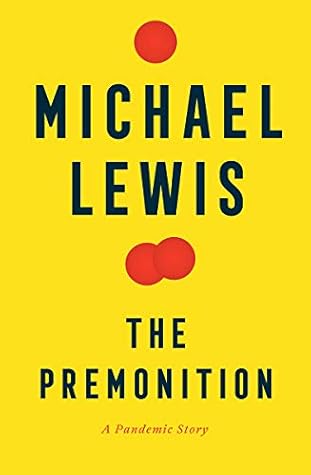More on this book
Community
Kindle Notes & Highlights
The problem, as he framed it for the Pentagon, was how to slow the spread of a communicable disease until you can produce a vaccine. As communicable disease spreads through social networks, Richard reasoned, you had to find ways to disrupt those networks. And the easiest way to do that was to move people physically farther apart from each other. “Increasing Effective Social Distance as a Strategy,” he called it. “Social distance”
Human Error, by a British psychologist aptly named James Reason.
“Instead of worrying how to stop this thing, they got wrapped up in a thing from outside the country that was coming in. And so they spent all their time talking about closing borders. Which is exactly what does not work. It also immediately shuts down all economic flows.”
One intervention was not like the others, however: when you closed schools and put social distance between kids, the flu-like disease fell off a cliff. (The model defined “social distance” not as zero contact but as a 60 percent reduction in kids’ social interaction.) “I said, ‘Holy shit!’ ” said Carter. “Nothing big happens until you close the schools. It’s not like anything else. It’s like a phase change. It’s nonlinear. It’s like when water temperature goes from thirty-three to thirty-two. When it goes from thirty-four to thirty-three, it’s no big deal; one degree colder and it turns to
...more
“I couldn’t design a system better for transmitting disease than our school system,” he
Targeted Layered Containment. TLC.
“Public Health Interventions and Epidemic Intensity during the 1918 Influenza Pandemic,”
The paper analyzed the effects of that inability, and showed that American cities that caved to pressure from business interests to relax their social distancing rules experienced big second waves of disease.
the dark matter of genomic sequencing.
The first SARS outbreak had ended because those infected had been isolated quickly and prevented from infecting others. Those capable of infecting others were easy to identify because they were so obviously ill. There were few, if any, asymptomatic spreaders.
Viruses had a natural edge on people. “They deliberately make errors in their genetic code,” said Joe. “They evolved to make mistakes. And their mistakes give them an evolutionary flexibility that is unprecedented.”
You cannot wait for the smoke to clear: once you can see things clearly it is already too late. You can’t outrun an epidemic: by the time you start to run it is already upon you. Identify what is important and drop everything that is not. Figure out the equivalent of an escape fire.
“There will be no standing ovation when you are proven right.” And, finally, “Churchill was a dragon too.”


